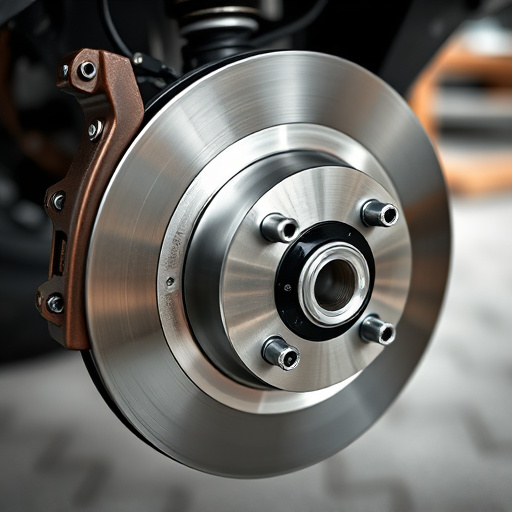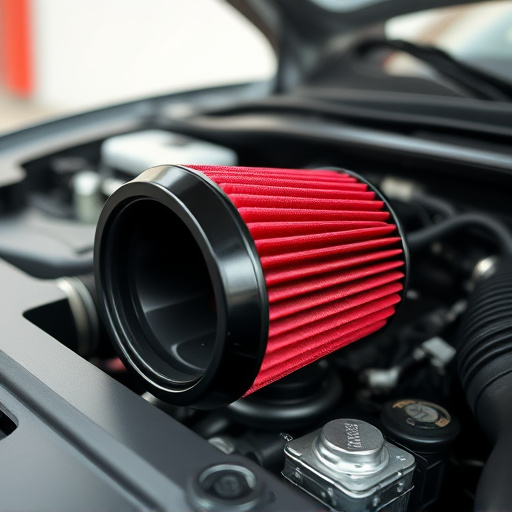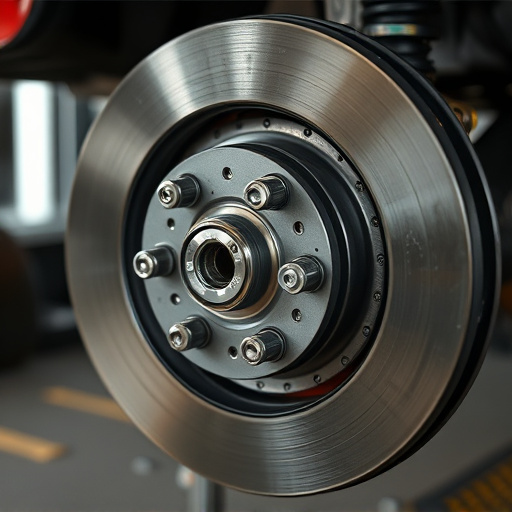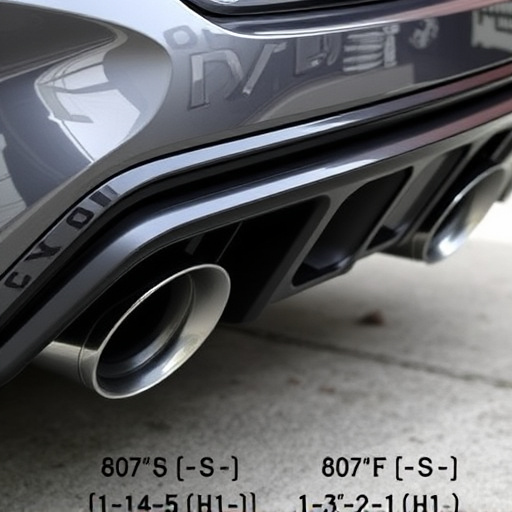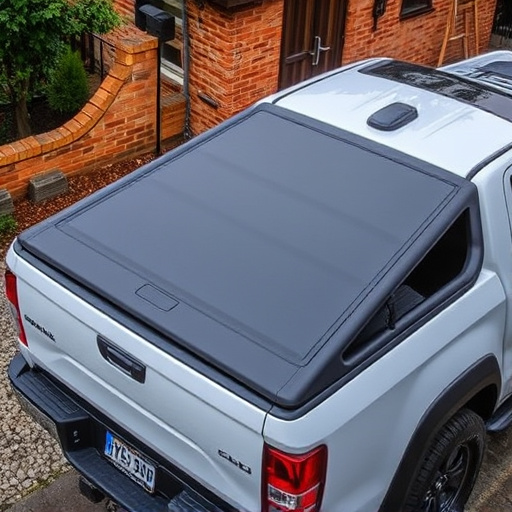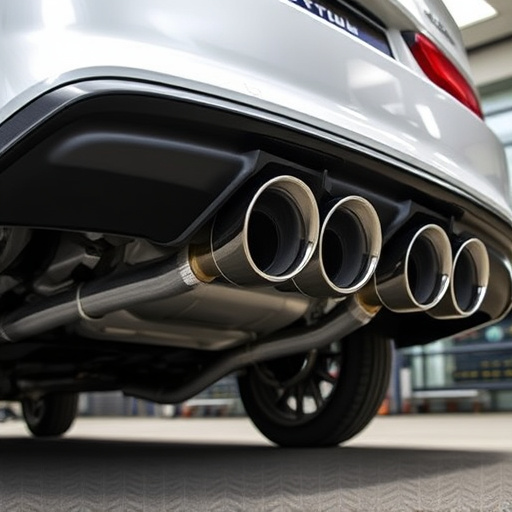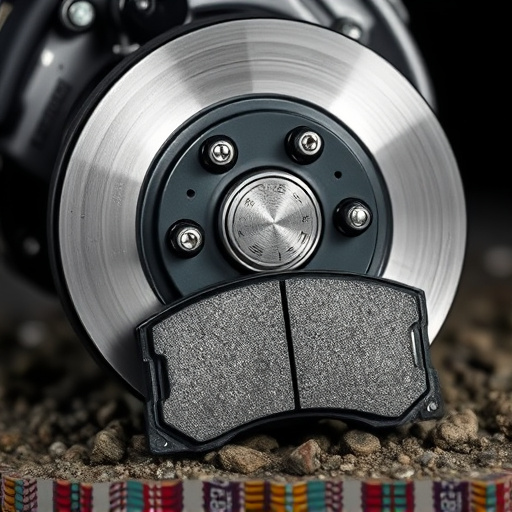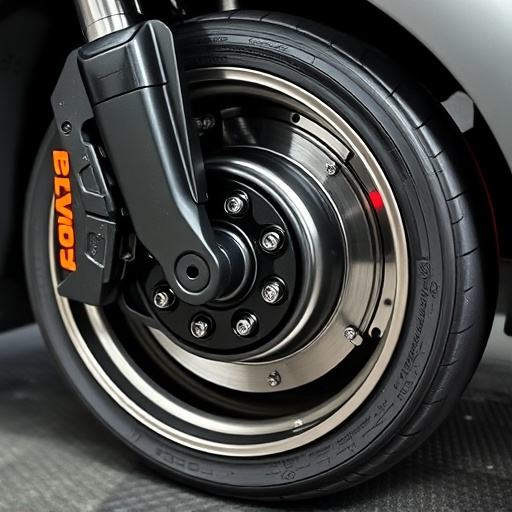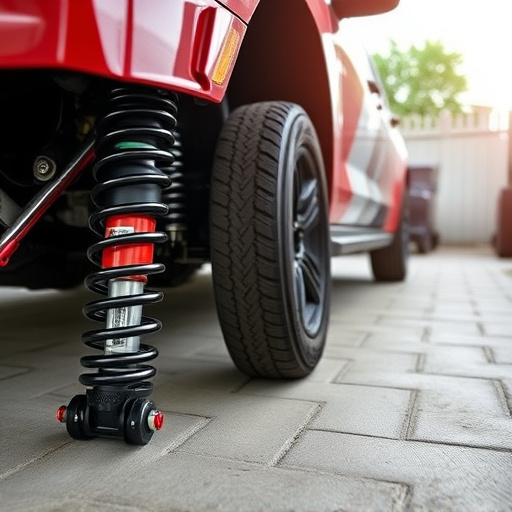An intake manifold upgrade significantly enhances engine performance by improving airflow efficiency and reducing backpressure, especially at high RPMs, making it a popular choice for racers and enthusiasts seeking maximum power output. Stock manifolds often restrict airflow, compromising mixture delivery and hindering exhaust flow, leading to reduced horsepower. Upgrading to a high-flow manifold, alongside other performance parts, boosts power, engine response, and turbo spool times, accessible through direct-fit replacement manifolds from aftermarket manufacturers.
Enhance your engine’s performance with an intake manifold upgrade—a simple yet powerful modification. The intake manifold, a critical component, plays a pivotal role in delivering air and fuel to the engine, directly influencing top-end horsepower numbers. This article delves into the essential functions of the intake manifold, highlights common issues in stock manifolds, and explores the benefits of upgrading. Learn about the installation process and discover how this modification can transform your vehicle’s overall performance.
- Understanding the Role of Intake Manifold in Engine Performance
- Common Issues with Stock Intake Manifolds and Their Impact
- Benefits and Installation Process of an Upgraded Intake Manifold
Understanding the Role of Intake Manifold in Engine Performance

The intake manifold is a crucial component in any internal combustion engine, playing a pivotal role in delivering air and fuel to the cylinders for optimal combustion. It serves as the entry point for atmospheric air, which, when mixed with fuel, creates the powerful force that drives an engine’s pistons. An upgrade to this system can significantly impact engine performance, particularly in the top-end range where horsepower is maximized.
By enhancing the intake manifold, racers and enthusiasts can improve airflow efficiency, allowing more air to enter the engine at higher RPMs (revolutions per minute). This results in better fuel combustion, increased power output, and improved overall engine response. Upgrading intake components, such as a high-flow manifold, can also reduce backpressure, which is caused by restrictions in the air path. This reduction enhances engine breathing, especially with larger or more efficient muffler tips, leading to higher horsepower numbers and better overall performance, especially when combined with other upgrades like coilover kits for fine-tuning control and stability.
Common Issues with Stock Intake Manifolds and Their Impact
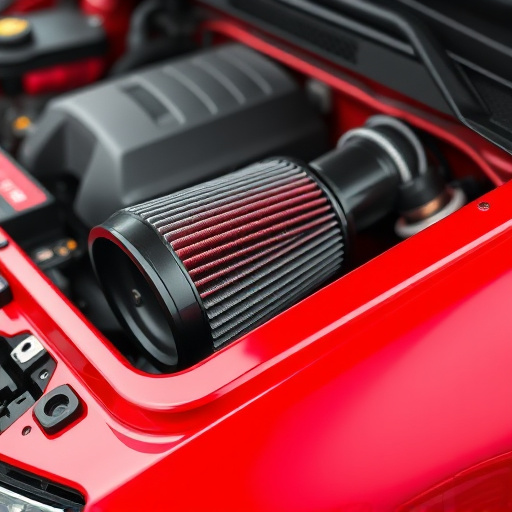
Many vehicles come equipped with stock intake manifolds designed for average performance and fuel efficiency. However, these components often fail to deliver optimal power, especially when demanding more from your engine through modifications like larger engines, cams, or turbochargers. Common issues with stock intake manifolds include limited airflow, inefficient air-fuel mixture delivery, and restricted exhaust gas flow, all of which can significantly impact engine performance.
These restrictions can cause a loss of horsepower, particularly in the high RPM range, leading to reduced acceleration and overall poor driving dynamics. The effect is further compounded by the fact that stock intake manifolds often lack the precision engineering required for modern high-performance vehicles. Upgrading to a high-flow intake manifold, paired with other performance components like top-quality air filter kits, optimized exhaust mufflers, and even coilover kits for better suspension control, can dramatically enhance engine output and driving pleasure.
Benefits and Installation Process of an Upgraded Intake Manifold
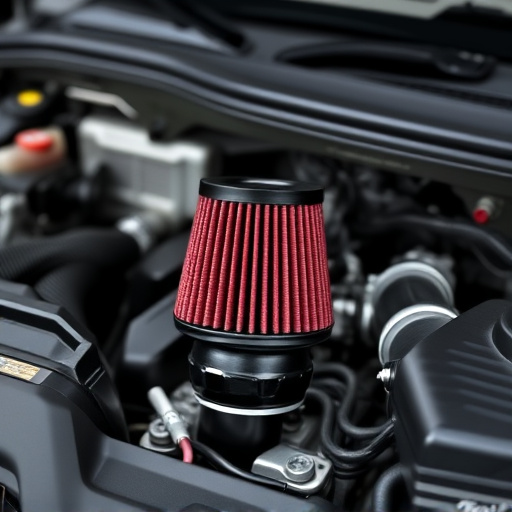
An intake manifold upgrade is a popular modification among car enthusiasts aiming to boost their vehicle’s performance, especially in the top-end power range. This relatively simple yet effective component replacement offers several advantages over stock manifolds. Firstly, it improves airflow efficiency by providing a larger and more optimized path for air to enter the engine, resulting in increased power output. This upgrade is particularly beneficial for vehicles with turbocharged or supercharged engines, where the added flow can enhance turbo spool-up times and overall performance.
The installation process involves replacing the original intake manifold with a new, high-flow design, which often includes larger plumbing, improved velocity stacks, and potentially different air filters. This modification typically requires basic mechanical knowledge and tools but can be done in a relatively short time. Many aftermarket manufacturers offer direct-fit replacement manifolds, ensuring an easy installation process without complicating the vehicle’s existing systems. Once installed, an upgraded intake manifold can significantly enhance engine response, horsepower, and torque, especially at higher RPMs, complementing other performance upgrades like exhaust tips or complete cat-back exhaust systems.
Upgrading your vehicle’s intake manifold can significantly enhance engine performance, particularly in the top-end range. By addressing common issues like restricted airflow and inefficient design, you unlock higher horsepower numbers without compromising reliability. This simple yet effective modification is a popular choice among car enthusiasts, offering both improved acceleration and a more responsive driving experience. An intake manifold upgrade is a direct path to transforming your engine’s performance potential.
